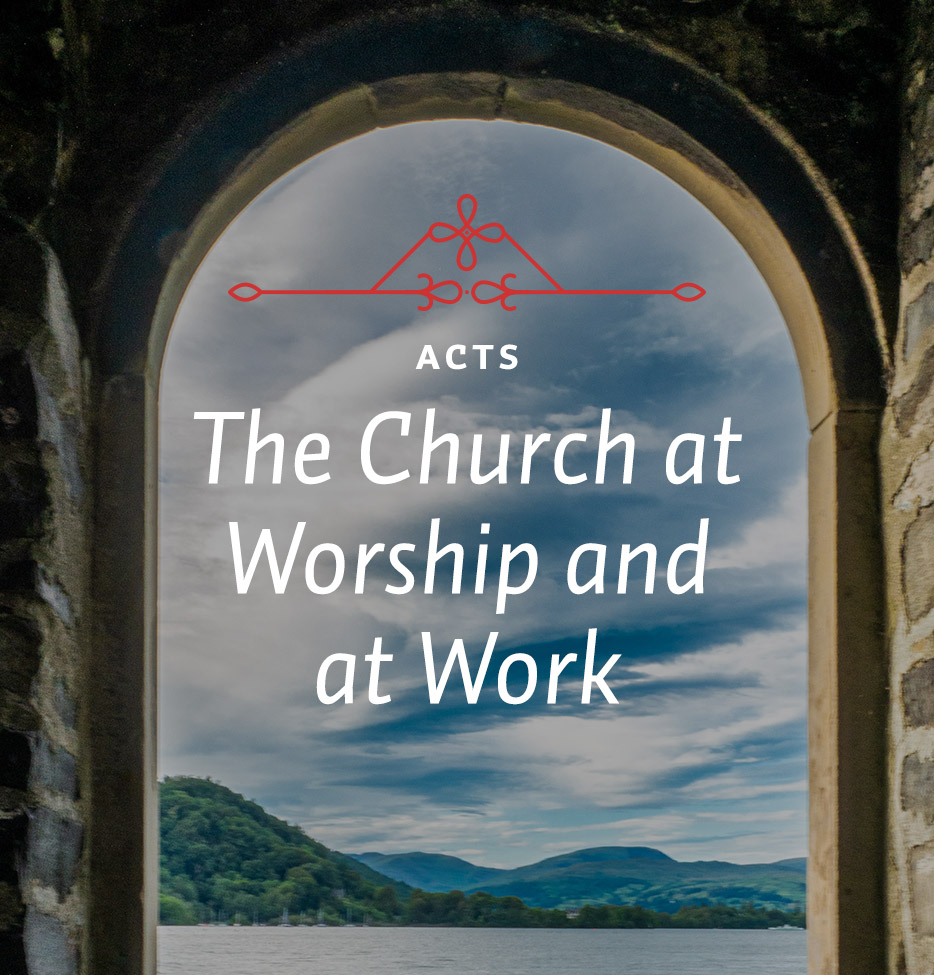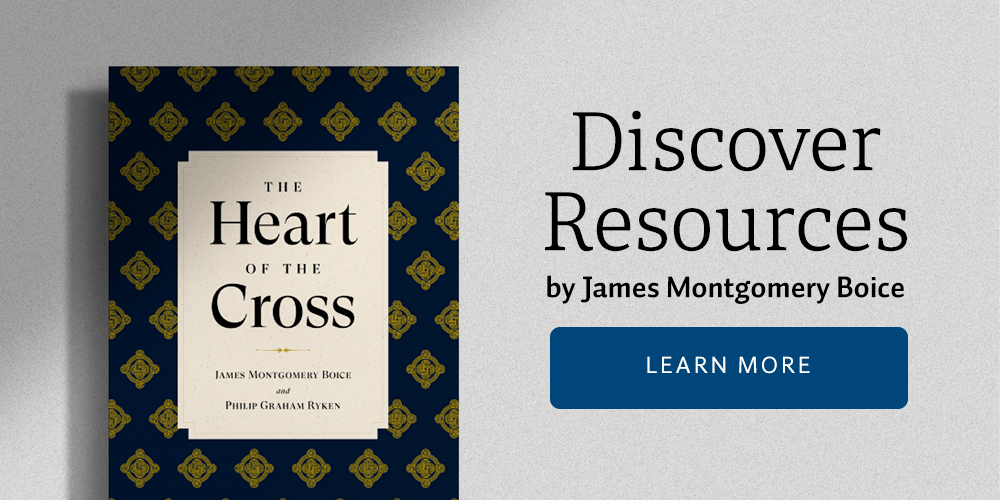We remember from yesterday’s study that the Sanhedrin members were frustrated. They thought they had done away with Jesus of Nazareth. But there was something else that frustrated them, something I have not referred to yet. In Acts 4:14 it says, “But since they could see the man who had been healed standing there with them, there was nothing they could say.” It is hard to miss seeing that Luke used this word “standing” intentionally and for emphasis. It would have been perfectly all right for him to have said merely, “They could see the man who had been healed with them.” But this was a man who had been lame, a man who couldn’t stand. Thus it is with full awareness of the irony of the situation that Luke says, “The man who had been healed was standing there in the presence of the Sanhedrin.”
Everybody knew him, you see. This was no story of some supposed, far-off healing that may or may not have been true. This was a man they had seen day after day at the temple. These leaders had gone in and out of the temple every single day. They did it several times a day, because they were pious Jews. They had seen this man themselves; they knew him. He was lame. Yet here he was standing in their very midst. What a frustration it was!
And there is this too. The word “standing” is the root of the word for “resurrection.” “Resurrection” has a preface in front of it: ana. The word that follows is stasis from the verb histēmi. The word for “resurrection” is anastasis. Since the second part of “resurrection,” the basic part, is the word for “standing,” this means that to the Greek mind, resurrected people were people who were standing up, as opposed to dead people who were lying down. So there was a sense in which this “resurrected” man was a symbol of the very Gospel Peter and the others were proclaiming.
When the disciples left the council they rejoined the waiting Christians and had an impromptu worship service, thanking God for the outcome of their first significant encounter with the rulers of this dark world. Apparently they broke into prayer instinctively, for the text says, “When they heard this [that is, the report of Peter and John], they raised their voices together in praise to God” (v. 24). Then the prayer is given. Much of it is a quotation from the second Psalm.
When God’s people worship God, they always do two things: 1) they pray, and 2) they reflect on the Scriptures. Prayer is our talking to God; the Scriptures are God’s talking to us, and the two always go together. You pray in a right way when you pray scripturally. You study the Scriptures in a right way when you study prayerfully. This is what the church was doing. They had been reflecting on the Scriptures. Now, as they began to pray, the Scriptures, as it were, rose up in them, and they found themselves talking to God in God’s own words, the words of Scripture.
That is amazing, because there was a time, not very long before this—six, seven, eight weeks before this—when they did not even understand the Old Testament. Jesus had taught them about His death and resurrection. He did so scripturally, again and again. He taught them that He had to fulfill the Scriptures by being arrested by the chief priests and delivered up to the Gentiles, tried, beaten and crucified. He said, “The third day I will rise again.” But they did not understand any of this. He was teaching them. He was the greatest teacher that ever lived. He was expounding the Scriptures. The Scriptures were clear, but they did not “get it” because it did not fit their preconceptions. They thought, “Jesus is the Messiah. The Messiah cannot die. He has to reign in power. He will drive out the Romans.”
On one occasion, Peter had the temerity to rebuke Jesus, saying, “Far be it from you, Lord, that you should ever suffer and die,” and Jesus had to say, “Out of my sight, Satan! You are a stumbling block to me; you do not have in mind the things of God, but the things of men” (Matt. 16:23). He used the occasion to explain once again that He must die. But they still did not get it. Yet now, just a short time after this, they understood the need for His death and resurrection and instinctively explained it by references to the Old Testament.






